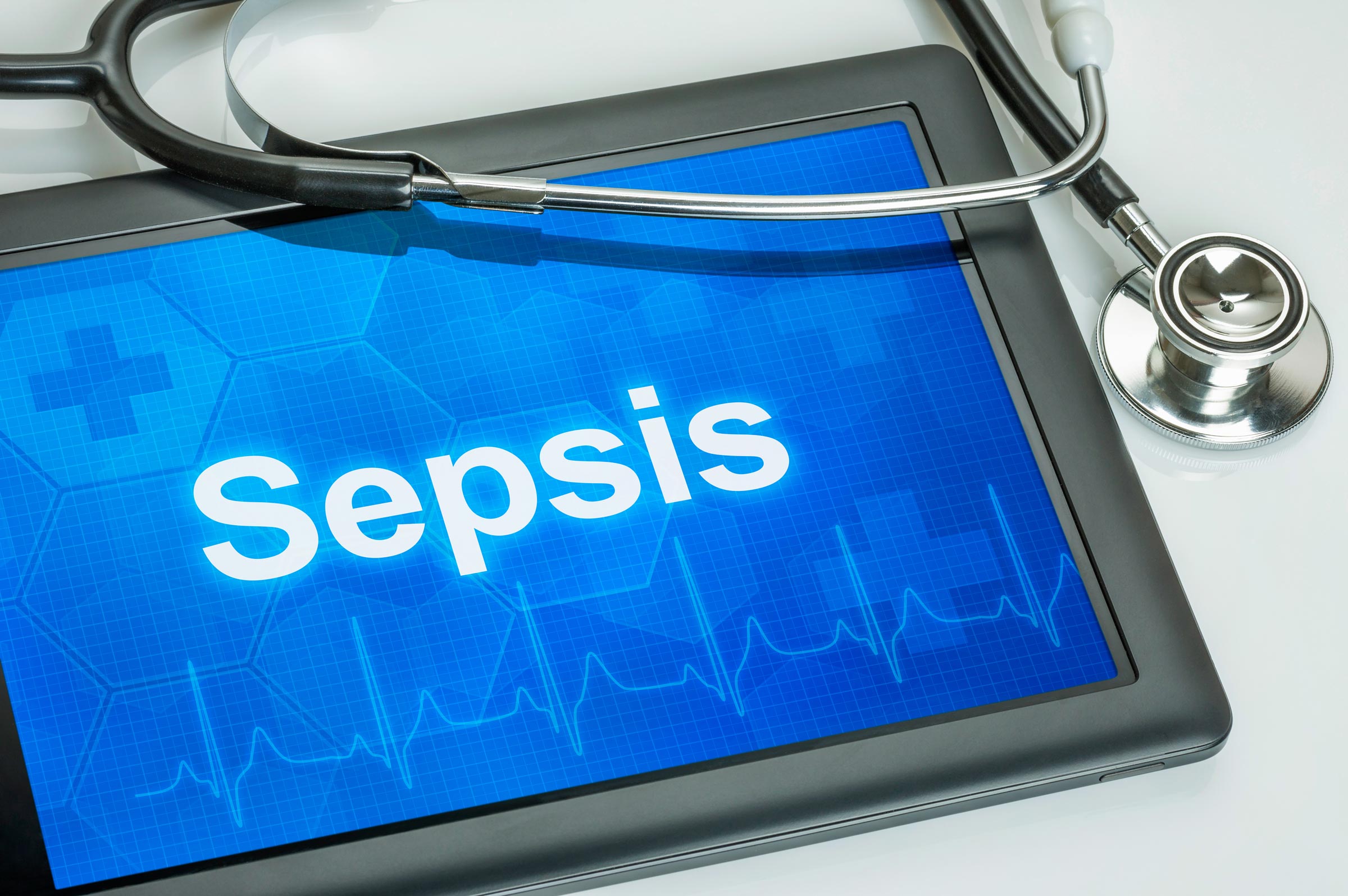Involved partners: Lead Beneficiary: Centre Hospitalier Universitaire Vaudois (CHUV)
Other participants: UoA, ICH, bMx, INSEAD, UCL, LUM BIOC
The main objective of this workpackage is to identify and validate biomarkers that can be used for clinical diagnosis and monitoring of sepsis-induced immune suppression. This can be divided in three separate projects:
- Dynamic profile of myeloid-derived suppressor cells (MDSC) in sepsis
- Defining whether defined immune regulatory molecules are potential biomarkers.
- To explore the hypothesis that sepsis-related immune suppression is a consequence of bioenergetic dysfunction and can be used as sepsis biomarker.Below these projects are described in a bit more detail:
Dynamic profile of myeloid-derived suppressor cells (MDSC) in sepsis
Introduction:
Overall, experimental models have clearly demonstrated that sepsis-induced MDSC suppress inflammatory responses and protect from lethal infection. Yet, owing to their powerful immunosuppressive properties, MDSC may play a central role in the development of the protracted immunosuppressive phase of sepsis, especially adaptive immunosuppression. Our objective is to deeply characterise MDSC subpopulations in septic patients with the ultimate goal to settle whether monitoring blood MDSC will be useful for follow-up of septic patients.
The projects:
Project 2.1:
The most up-to-date technologies will be used to assess the expression and the heterogeneity of MDSC in our ongoing cohort of culture confirmed sepsis patients admitted to the ICU compared to healthy controls.
Project 2.2:
Fluidigm and CyTOF analyses will provide a unique view of the heterogeneity and possibly the ontogeny and developmental relationship of MDSC subpopulations.
Defining whether defined immune regulatory molecules are potential biomarkers.
Introduction:
Here we aim to validate
(a) the diagnostic and prognostic potential of PTX3 in sepsis, in particular in the stratification of patients and in monitoring stage of sepsis
(b) the hypothesis that TIR8 may be a marker of the anti-inflammatory phase of the septic response
(c) the hypothesis that IL-1R2 may be a marker of the anti-inflammatory phase of the septic response
(d) test tools to be developed (e.g. mAb and ELISA) in order to evaluate the relevance of MSF as marker of regulatory monocytes/macrophages in sepsis.
The projects:
Project 2.3:
We aim to evaluate and validate discovered biomarkers for early prognostic stratification of septic patients.
Bioenergetic dysfunction
Introduction:
The pathophysiological mechanisms underlying multiple organ dysfunction in sepsis remain to be fully elucidated, however there is increasing evidence that bioenergetic dysfunction (mitochondrion dysfunction) plays a major role. Multiple studies from UCL and others demonstrate (i) biochemical and histological mitochondrial abnormalities in sepsis patients, animal and cell models, and (ii) a temporal relationship between restoration of mitochondrial functionality, improvement in organ function and clinical recovery. In various laboratory models of sepsis, cells, organs or whole animals can be protected by treatments aimed at either mitochondrial protection, e.g. using mitochondrial-targeted antioxidants, or at enhancing recovery of functioning mitochondria through stimulating biogenesis. We intend to explore the hypothesis that bioenergetic dysfunction is a key mechanism underlying immune suppression in sepsis. This will be performed using samples taken from patients, from animal models, and from healthy cells incubated in septic serum.
The projects:
Project 2.4:
This project aims at studying the bioenergetic function and immune suppression in leukocyte subsets in experimental sepsis and critically ill septic patients.
Project 2.5:
Here we aim to correct the bioenergetic dysfunction using mitochondrial-targeted therapies to restore immune functionality.

